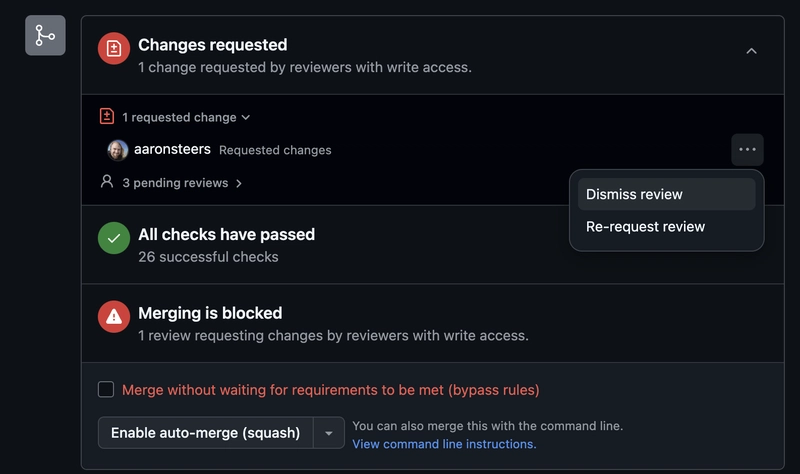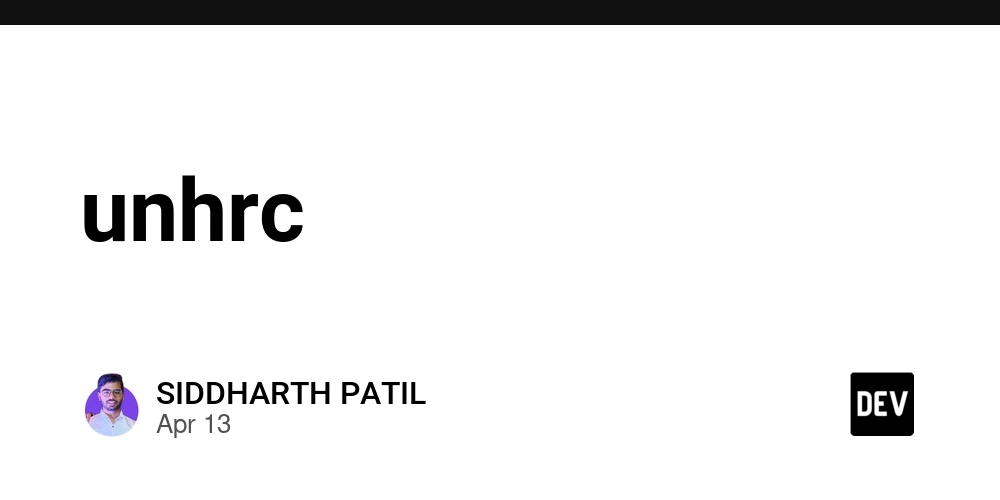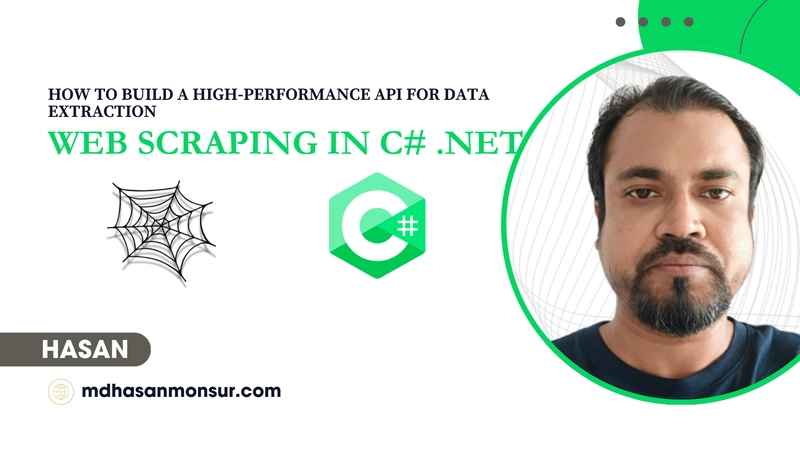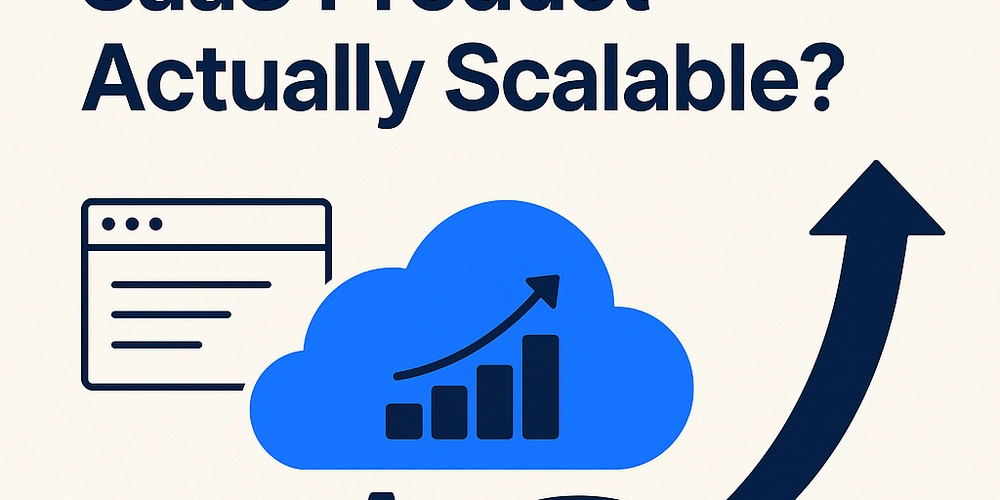Gulp in 2025: A Practical Guide to Automating Your Vanilla Web Projects Without the Framework Fuss
Alright, team—huddle up. You’ve got a job to do. It’s a quick client landing page. Maybe it's a prototype for your startup, or a campaign microsite your marketing lead needs yesterday. You’ve got HTML, some CSS, a bit of JavaScript—and a folder full of unoptimized images that weigh more than a Black Friday server crash. You're not spinning up React. You're not booting a Docker container. You just want to build fast, stay organized, and not go insane doing the same tasks over and over. This is where Gulp steps in. Think of Gulp like your reliable teammate—it watches your files, compiles your styles, minifies your scripts, compresses your images, and even reloads your browser when you change a line of code. And the best part? It doesn’t ask you to learn a new framework or flip through a 200-page doc just to get started. Gulp isn’t here to replace modern dev tools—it’s here to help you win the game when you’re not playing in the big leagues. It’s lightweight, flexible, and perfect for static projects where you want total control. Let’s lace up, hit the field, and build something lean, mean, and production-ready. 1. Why Gulp? Why Now? The modern front-end ecosystem is bursting at the seams. Vite, Webpack, Bun, Turbopack—they're great, powerful even. But let's be real: sometimes all you need is a clean static site. No components. No server-side rendering. No state management drama. You’re designing a landing page. A newsletter signup page. A one-off client microsite. A marketing team needs it yesterday, and it has to load fast—even on a dusty old Android phone. So you write the HTML. You sketch some styles in Sass. You wire a little JavaScript. But now you’ve got a mess of raw assets: Stylesheets that aren’t minified JavaScript with console logs you forgot to remove Images straight from your design team—some are over 5MB A browser refresh workflow that’s still stuck in 2012 This is where Gulp comes in—the ultimate toolbox for static site builders who want speed, sanity, and just enough automation to keep their hands free for real work. It’s not trying to change how you build. It just wants to help you: Compile Sass with error handling and source maps Auto-prefix and minify your CSS Bundle and minify your JavaScript Compress your images without sacrificing quality Spin up a dev server with live reload Organize your files with a clear build pipeline In 2025, Gulp isn’t a relic—it’s lean engineering done right. 2. Project Setup: Real-World Static Site Starter Let’s build the kind of static website setup you'd actually use in the wild—like for a client’s product promo page or a mini-site that your team needs in a hurry.

Alright, team—huddle up. You’ve got a job to do. It’s a quick client landing page. Maybe it's a prototype for your startup, or a campaign microsite your marketing lead needs yesterday. You’ve got HTML, some CSS, a bit of JavaScript—and a folder full of unoptimized images that weigh more than a Black Friday server crash.
You're not spinning up React. You're not booting a Docker container. You just want to build fast, stay organized, and not go insane doing the same tasks over and over. This is where Gulp steps in.
Think of Gulp like your reliable teammate—it watches your files, compiles your styles, minifies your scripts, compresses your images, and even reloads your browser when you change a line of code. And the best part? It doesn’t ask you to learn a new framework or flip through a 200-page doc just to get started.
Gulp isn’t here to replace modern dev tools—it’s here to help you win the game when you’re not playing in the big leagues. It’s lightweight, flexible, and perfect for static projects where you want total control. Let’s lace up, hit the field, and build something lean, mean, and production-ready.
1. Why Gulp? Why Now?
The modern front-end ecosystem is bursting at the seams. Vite, Webpack, Bun, Turbopack—they're great, powerful even. But let's be real: sometimes all you need is a clean static site. No components. No server-side rendering. No state management drama.
You’re designing a landing page. A newsletter signup page. A one-off client microsite. A marketing team needs it yesterday, and it has to load fast—even on a dusty old Android phone.
So you write the HTML. You sketch some styles in Sass. You wire a little JavaScript. But now you’ve got a mess of raw assets:
- Stylesheets that aren’t minified
- JavaScript with console logs you forgot to remove
- Images straight from your design team—some are over 5MB
- A browser refresh workflow that’s still stuck in 2012
This is where Gulp comes in—the ultimate toolbox for static site builders who want speed, sanity, and just enough automation to keep their hands free for real work.
It’s not trying to change how you build. It just wants to help you:
- Compile Sass with error handling and source maps
- Auto-prefix and minify your CSS
- Bundle and minify your JavaScript
- Compress your images without sacrificing quality
- Spin up a dev server with live reload
- Organize your files with a clear build pipeline
In 2025, Gulp isn’t a relic—it’s lean engineering done right.
2. Project Setup: Real-World Static Site Starter
Let’s build the kind of static website setup you'd actually use in the wild—like for a client’s product promo page or a mini-site that your team needs in a hurry.










































































































































































![[The AI Show Episode 143]: ChatGPT Revenue Surge, New AGI Timelines, Amazon’s AI Agent, Claude for Education, Model Context Protocol & LLMs Pass the Turing Test](https://www.marketingaiinstitute.com/hubfs/ep%20143%20cover.png)





























































































































![From Accountant to Data Engineer with Alyson La [Podcast #168]](https://cdn.hashnode.com/res/hashnode/image/upload/v1744420903260/fae4b593-d653-41eb-b70b-031591aa2f35.png?#)




































































































.png?#)











































































































































![Apple Watch SE 2 On Sale for Just $169.97 [Deal]](https://www.iclarified.com/images/news/96996/96996/96996-640.jpg)

![Apple Posts Full First Episode of 'Your Friends & Neighbors' on YouTube [Video]](https://www.iclarified.com/images/news/96990/96990/96990-640.jpg)


































































































































